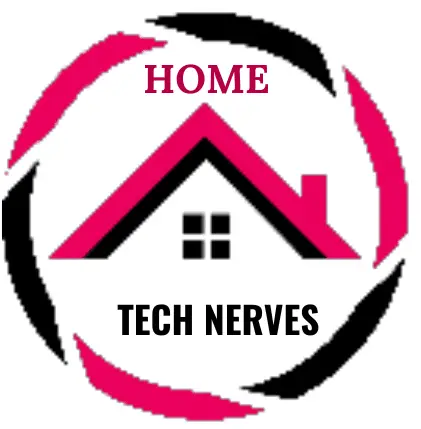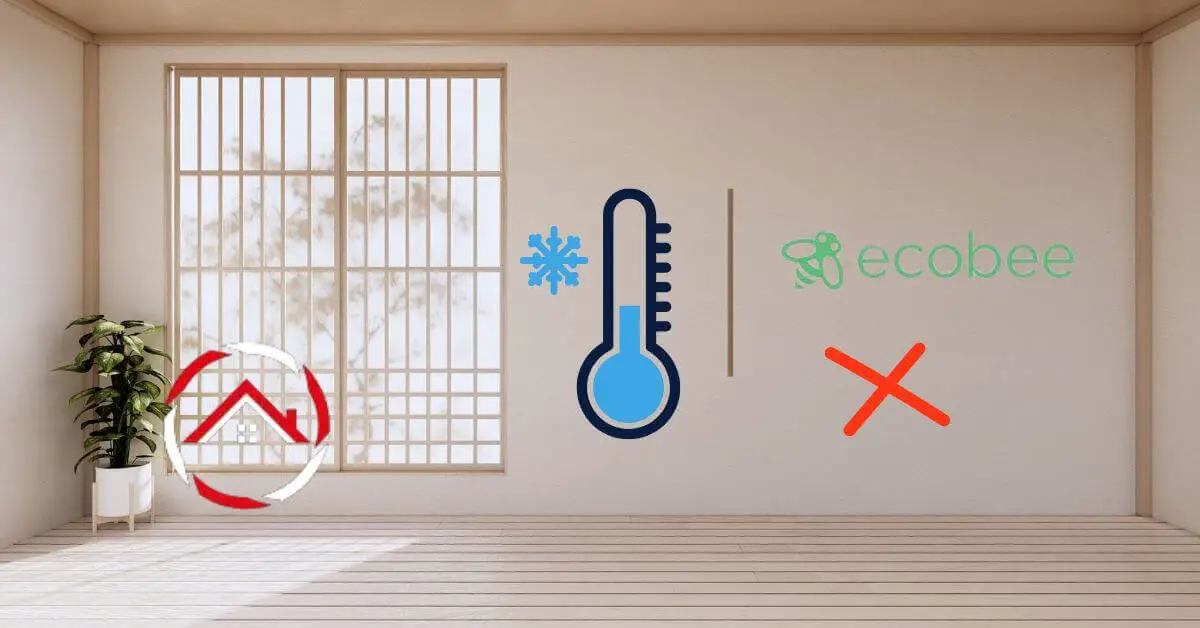Ecobee calibrating heat cool disabled can be confusing, but it’s actually simple to understand. When this feature is off, your Ecobee won’t auto-adjust between heating and cooling.
This may be useful if you prefer manual control over your thermostat. However, it can also lead to temperature imbalances in your home.
Want more control or consistency? You can enable it through the settings. By turning it on, Ecobee automatically chooses between heating and cooling, keeping your home comfortable.
This option is great for those who want to set it and forget it. Plus, it helps save energy without much effort.
In this post, I’ll explore Ecobee thermostat calibrating, covering the essential steps to ensure your device is providing accurate temperature readings.
Table of Contents
I was struggling with inconsistent temperatures in my home, unsure if my Ecobee thermostat was to blame. After some research, I decided to calibrate it. Following the simple steps, I adjusted the settings, and soon, my home was more comfortable than ever. The experience taught me how important proper calibration is for energy efficiency and comfort.
What Does Ecobee Calibrating Heat/Cool Disabled Time Mean?
When you see “Ecobee calibrating heat/cool disabled time,” it means the thermostat is temporarily unable to adjust between heating and cooling.
This often occurs when the system is either setting up or recalibrating itself. During this time, the thermostat won’t switch between heating or cooling automatically.
Once calibration is complete, the system will resume its regular function. If this message persists, you may need to check your settings or contact support to ensure everything is working properly.
It’s usually a brief process that happens during initial installation or after a system reset.
How to Fix Ecobee Thermostat Calibrating Heat Cool Disabled?
If your Ecobee is stuck in calibrating mode and won’t switch between heat and cool, there are a few simple steps you can follow to fix it. Here’s how you can resolve the issue quickly:
- Restart the Ecobee thermostat by holding down the main button for 5 seconds.
- Check the wiring to ensure all connections are properly secured.
- Update the software by going to settings and checking for any available updates.
- Enable automatic mode in the thermostat settings to allow it to switch between heating and cooling.
- Check your Wi-Fi connection to make sure the thermostat is communicating with the server.
- Reset the thermostat to factory settings if the problem persists.
- Contact Ecobee support if the issue remains unresolved after troubleshooting.
How to Fix Ecobee Calibrating Heat Cool Disabled After Power Outage?
After a power outage, your Ecobee may show “calibrating heat/cool disabled,” preventing automatic temperature adjustments. Here’s how to get it back to normal:
- Restart the Ecobee by pressing the main button for 5 seconds to reset the system.
- Check your HVAC system to ensure it’s powered and running correctly.
- Reconnect to Wi-Fi by checking the connection in the settings if it was lost during the outage.
- Wait for calibration to complete, as this can take up to 20 minutes after power is restored.
- Review the wiring to confirm all cables are securely connected.
- Ensure sensors are functional by checking their battery levels and status.
- Factory reset the Ecobee as a last resort if the calibration issue persists.
What Is Ecobee Calibration Time?
Ecobee calibration time refers to the period when the thermostat is adjusting itself to accurately read the temperature in your home.
This process typically occurs when the thermostat is first installed or after a reset. During this time, the system measures the surrounding environment to ensure proper heating and cooling adjustments.
Calibration usually takes around 5 to 20 minutes. While the Ecobee is calibrating, it won’t activate heating or cooling, but once finished, it will resume normal operation, ensuring an accurate and comfortable indoor climate.
Why Is My Ecobee Calibrating?
If your Ecobee shows that it’s calibrating, it’s adjusting to provide accurate temperature readings. Calibration ensures that the thermostat can effectively control your home’s heating and cooling. Let’s explore the reasons behind this process:
Initial Setup Calibration
When you first install your Ecobee thermostat, it enters calibration mode. This process helps the thermostat understand your home’s temperature environment, ensuring it can maintain the set comfort levels.
Power Outage Recovery
After a power outage, the Ecobee may need to recalibrate to adjust to any changes in the environment or settings caused by the interruption in power.
System Reboot or Restart
If you restart or reboot your Ecobee, whether manually or due to a software update, it will enter calibration mode to regain accurate temperature readings.
Sensor Adjustment
The Ecobee relies on sensors to monitor your home’s temperature. If you move or replace sensors, the system will recalibrate to adjust to the new sensor positions.
HVAC System Changes
Any modifications to your HVAC system, such as repairs or component replacements, may trigger the Ecobee to calibrate to ensure it works effectively with the updated system.
Firmware Updates
When Ecobee receives a firmware update, it often enters calibration mode to align the new software with its sensors and environment for optimal performance.
Long Idle Periods
If the thermostat has been idle for an extended period (e.g., during vacations), it may need to recalibrate to adjust to the current conditions when it becomes active again.
How to Fix Ecobee Stuck on Calibrating?
If your Ecobee is stuck on calibrating, it can prevent your thermostat from functioning properly. Here’s a quick guide to help you resolve the issue:
- Restart the Ecobee by pressing and holding the main button for about 5 seconds to reset the system.
- Check your HVAC system to ensure that it’s powered on and operating correctly.
- Ensure a stable Wi-Fi connection by verifying that your thermostat is connected to your network.
- Check for firmware updates in the settings and install any available updates.
- Verify sensor placement to make sure sensors are correctly positioned and functioning.
- Inspect wiring connections to confirm all cables are securely connected and not damaged.
- Perform a factory reset if the problem persists to restore default settings and recalibrate.


